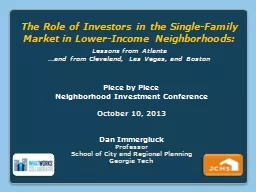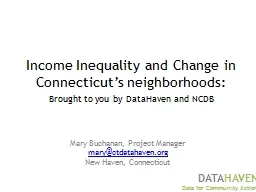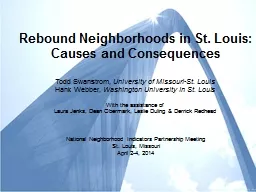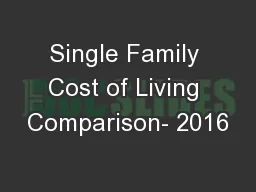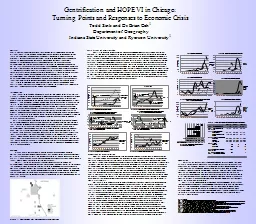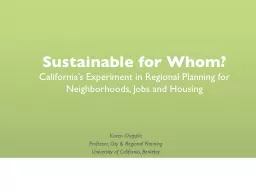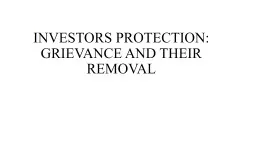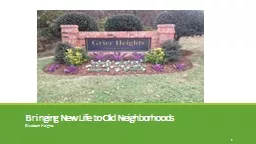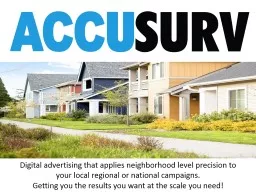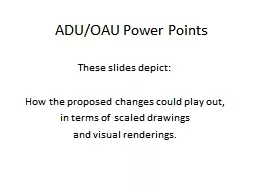PPT- The Role of Investors in the Single-Family Market in Lower-Income Neighborhoods:
Author : gristlydell | Published Date : 2020-06-20
Lessons from Atlanta and from Cleveland Las Vegas and Boston Piece by Piece Neighborhood Investment Conference October 10 2013 Dan Immergluck Professor School of
Presentation Embed Code
Download Presentation
Download Presentation The PPT/PDF document " The Role of Investors in the Single-F..." is the property of its rightful owner. Permission is granted to download and print the materials on this website for personal, non-commercial use only, and to display it on your personal computer provided you do not modify the materials and that you retain all copyright notices contained in the materials. By downloading content from our website, you accept the terms of this agreement.
The Role of Investors in the Single-Family Market in Lower-Income Neighborhoods:: Transcript
Download Rules Of Document
" The Role of Investors in the Single-Family Market in Lower-Income Neighborhoods:"The content belongs to its owner. You may download and print it for personal use, without modification, and keep all copyright notices. By downloading, you agree to these terms.
Related Documents

